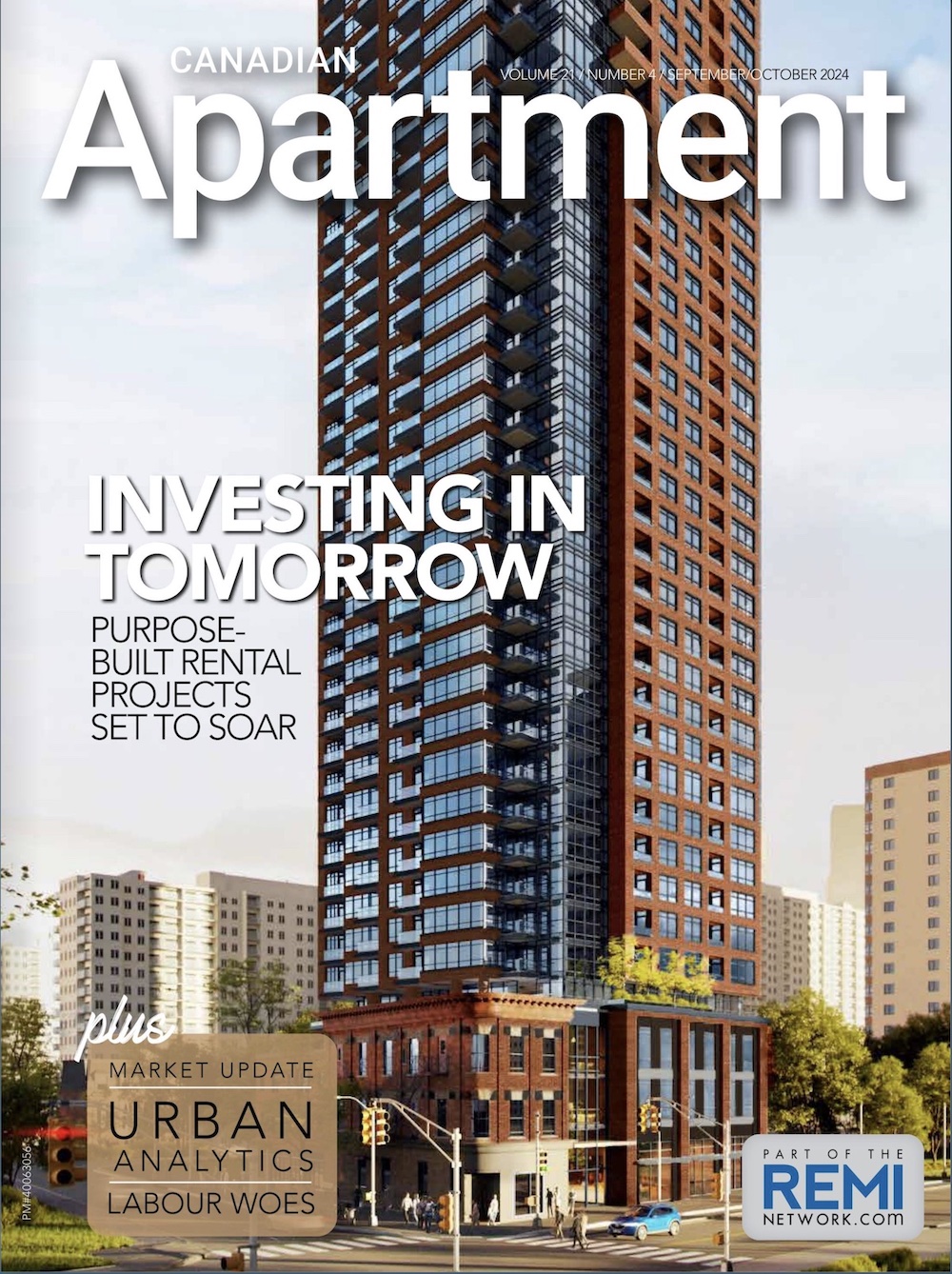Over the last decade, the real estate market has been adapting to a progressively “green” global attitude. Some of the biggest players in the industry are opting for energy efficiency, sustainability and eco-friendly alternatives. Unfortunately, many apartment owners still associate these words with complexity, confusion and extra costs. They’re not sure how to get started, what retrofits would best benefit their buildings and how quickly they will see a return on their investment. With the assistance of a qualified energy consultant and recent improvements to Canada Mortgage and Housing Corp.’s (CMHC) energy efficiency program, going “green” might actually be easier than it seems.
Energy efficiency program
CMHC has had an energy efficiency program in place for a number of years. Landlords receive higher loan amounts and premium rebates subject to completing energy-efficient upgrades relating to hydro, water and gas consumption.
Recently, CMHC expanded the program features, increasing the maximum amount of its premium rebate from 10 to 15 per cent. The new program also allows for greater flexibility in underwriting, providing higher property valuations and loan amounts.
Insurance premium savings
The previous program required a minimum energy savings of 10 per cent to obtain a 10 per cent reduction in the CMHC premium. The revised program allows borrowers to obtain a premium rebate ranging from one to 15 per cent, depending on the energy savings projected for their building.
CMHC requires a report from a qualified consultant detailing the necessary energy-efficient improvements as well as the estimated percentage of savings once the retrofits have been implemented.
If the improvements are completed 12 months prior to the loan advance, the borrower will receive the premium reduction at the time of funding. If the improvements are completed within 12 months after the funding date, the premium will be rebated once CMHC receives a second report from the consultant confirming the recommended retrofits have been completed.
Maximize loan amount
Further incentive to “go green” is CMHC’s recognition of up to 15 per cent in future utility savings during the valuation process. CMHC will reduce the historical utility expenses by the percentage of overall savings confirmed in the energy consultant’s report. With the report, CMHC will accept a higher value and approve a larger loan amount up to 85 per cent of the new lending value.
If the retrofit work is completed post funding, the additional loan amount recognized by the reduction in utility savings will be held back from the initial loan advance. The funds will be released upon CMHC receiving the post-report from the consultant confirming the retrofit items have been completed.
How the program works
To estimate the increased lending value and determine the amount of the premium rebate, lenders must provide the consultant’s energy report at the time of submitting the loan application to CMHC. The process involves a three to four hour site visit and the consultant’s review of 12 to 24 months of utility bills. With this information, the consultant can determine the expected utility savings for the project. The audit report takes approximately two weeks to complete and costs between $1,100 and $3,000.
By completing the recommended improvements in the report, owners can realize a decrease in utility costs anywhere from 10 to 30 per cent, says Steve Herzog of environmental consultant company, Greener Solutions Inc. Some older buildings can realize a savings as high as 50 per cent.
Robert Fleet and Peter Cook are apartment financing specialists with First National Financial LP. Robert can be reached at 905.301.3449 or robert.fleet@firstnational.ca. Peter can be reached at 416.593.2913 or pcook@firstnational.ca.





